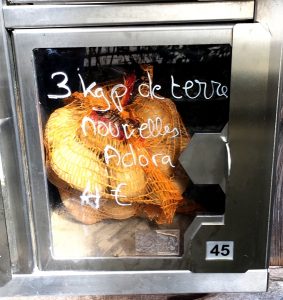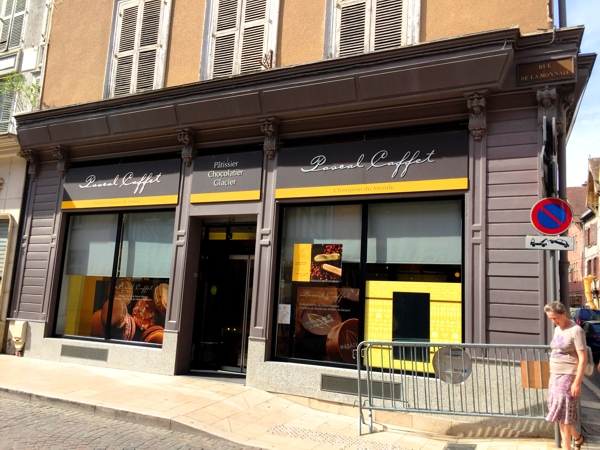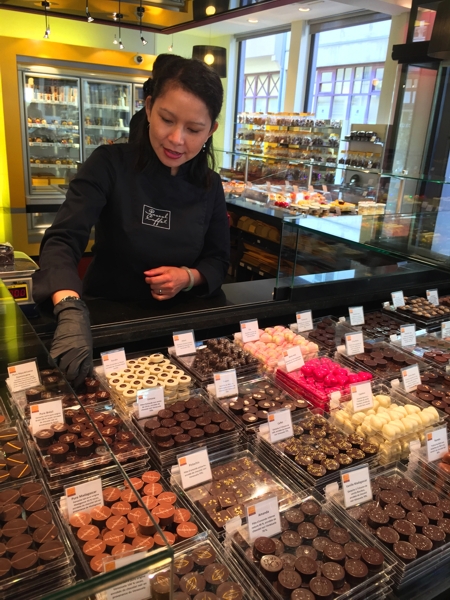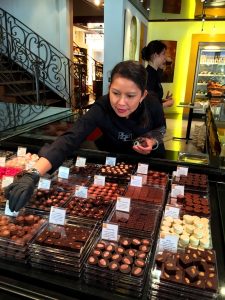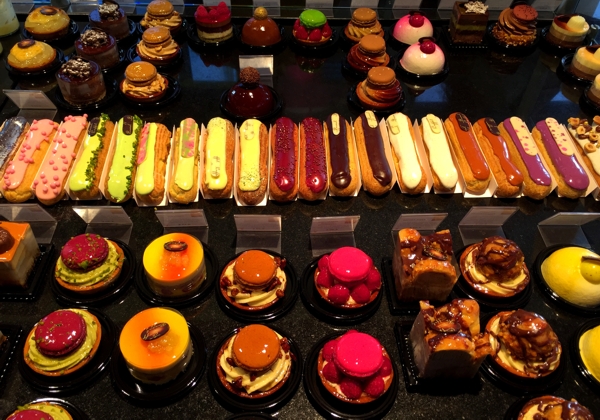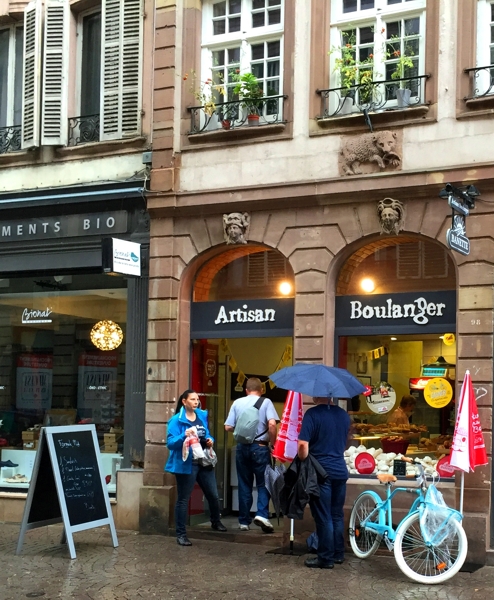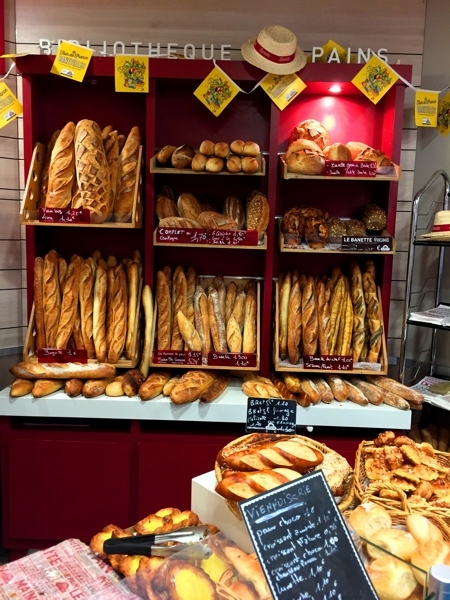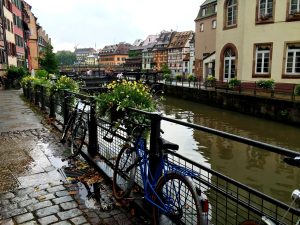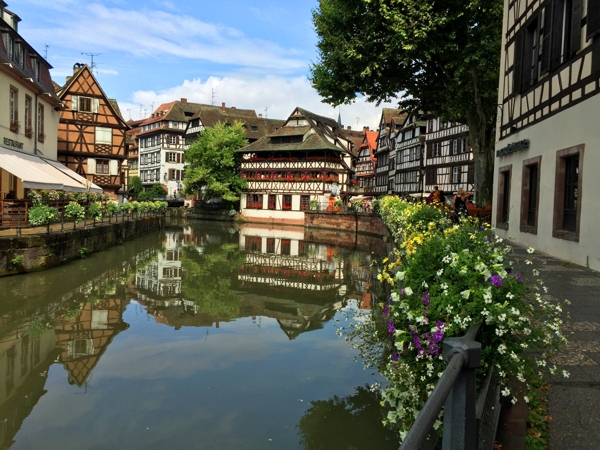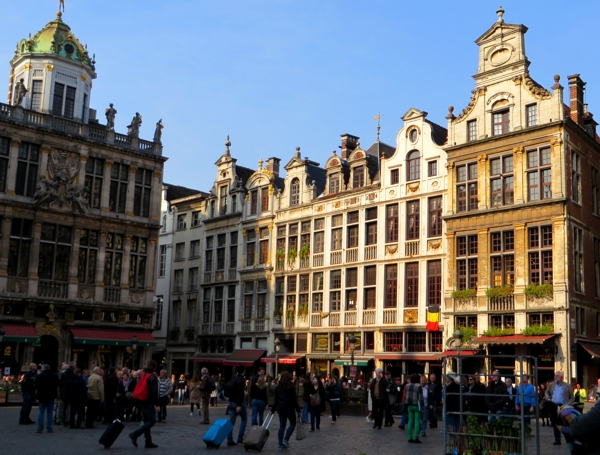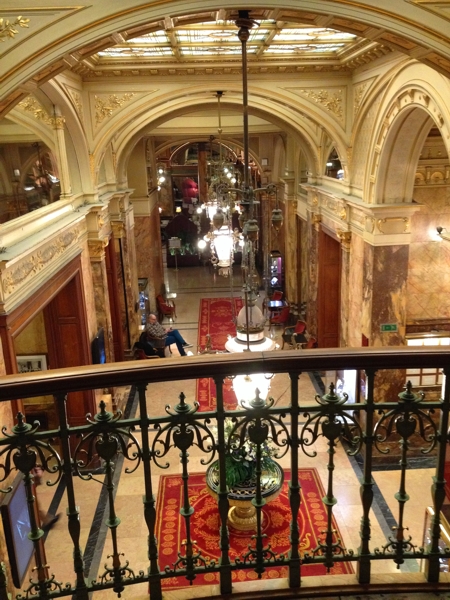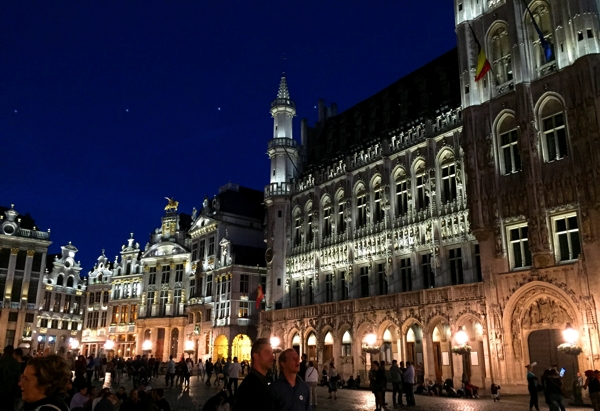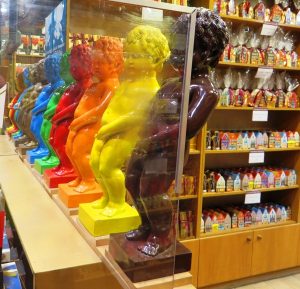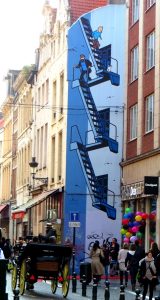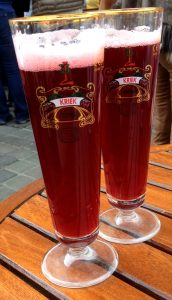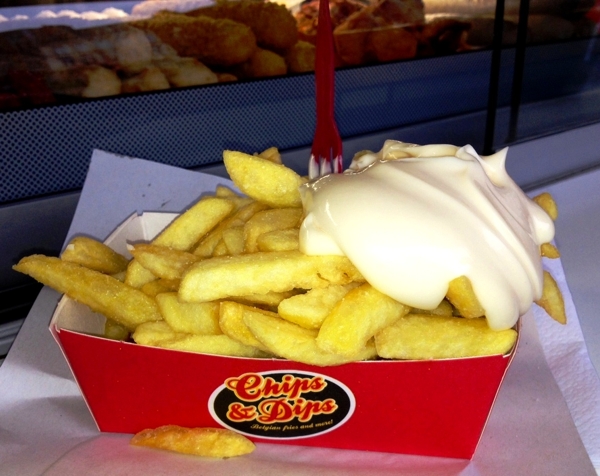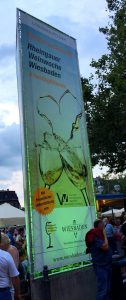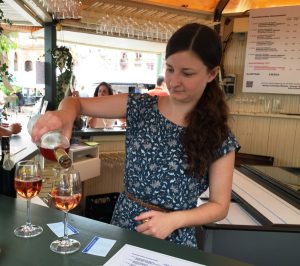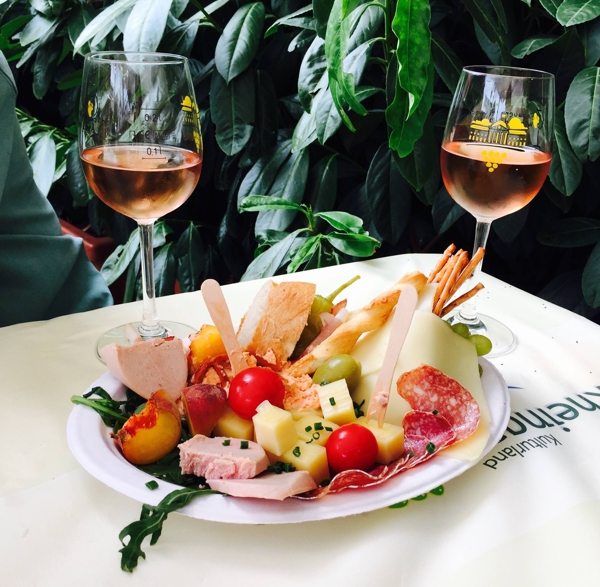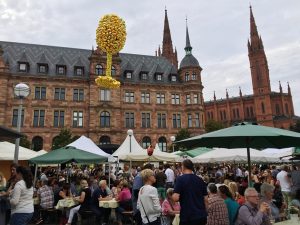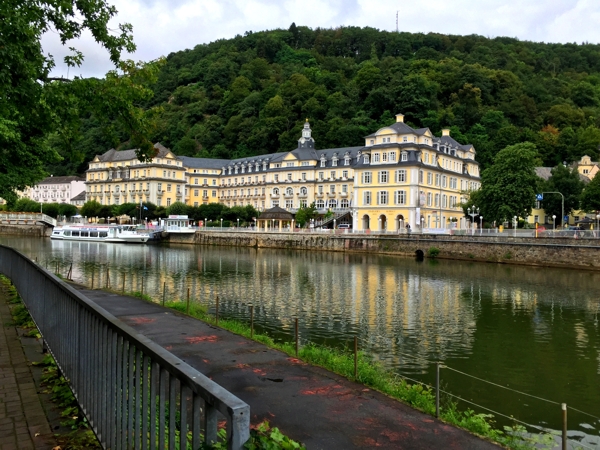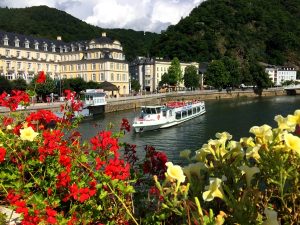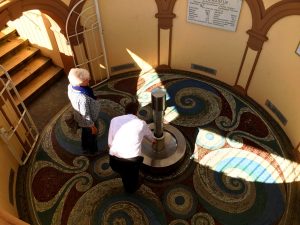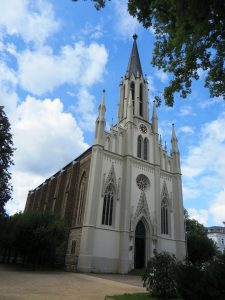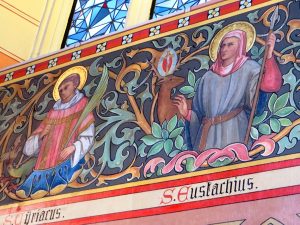Following on from last week’s post, we’re going to stay in Friesland in the tiny village of Hindeloopen. It almost sounds like the something the doctor would conclude after he looks inside your mouth and asks you to say, “Ahh!”
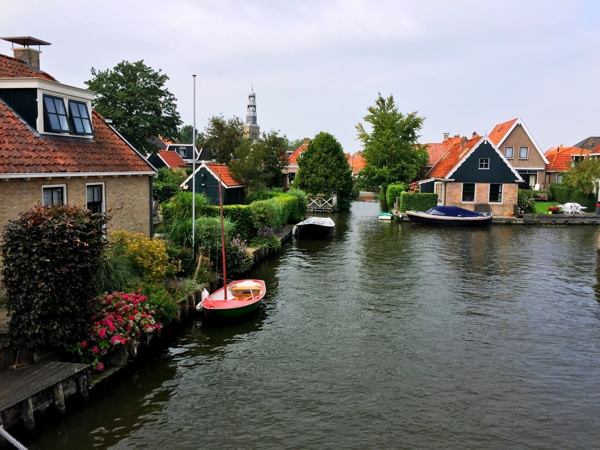
Hindeloopen is actually an often overlooked fishing village of about 800 residents on the IJsselmeer in the Netherlands. In former times, the IJsselmeer (pronounced approximately Ice-ul-mair) was the Zuiderzee, a shallow bay of the North Sea, teeming with fish and providing a nice living for this picturesque little village. Then in 1932, an 18-mile wide dam was built across the mouth of the bay, creating the largest freshwater lake in western Europe. In the warmer months the breezy lake is filled with parasailers and sailboats. Sheep appear to be the next largest group of inhabitants. They can be seen laying on the dykes watching all the water sports and happily munching on huge swaths of what looked like the
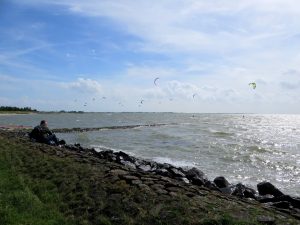
perfect shade of green grass. Wool seems to be a major industry here, along with black and white dairy cows that dot the landscape everywhere. In the winter, ice skating is a popular activity and the locals use the many canals that crisscross the village to skate on when it’s cold enough. This has been such way of life that there is a small museum dedicated to the town’s ice skating legacy and it’s well worth a visit.
There was a special art and culture day happening on one of the days we visited. Vendors were set up throughout the streets spinning and dying wool and demonstrating various traditional crafts. The merchants sold everything from hand-knitted sweaters and scarves to hand-carved wooden items and jewelry. Many locals were decked out in their traditional folk costumes. It was a rare treat for us.
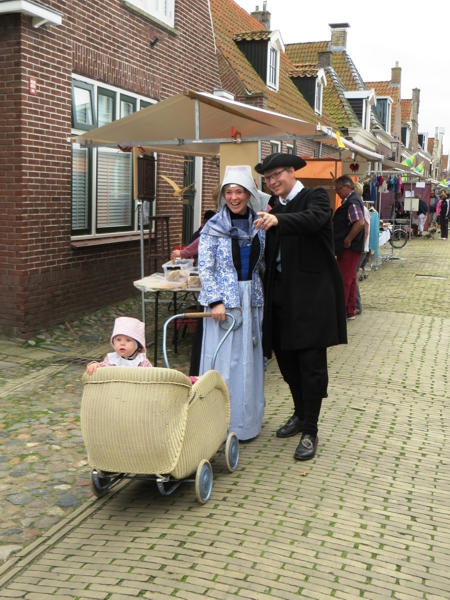
Speaking of traditional crafts, Hindeloopen is also known for its distinctive style of furniture painting. Its colorful and intricate designs are
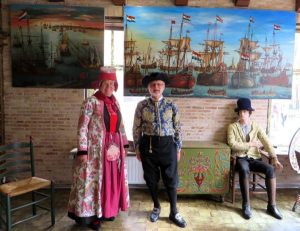
among my favorites. I was able to renew an old acquaintance with Harman Zweed, a local painter who has since retired. I have purchased several of Mr. Zweed’s painted items on past visits. He and his wife are lovely people and they posed for some photos in their shop dressed in their traditional finery.
Pannekoeken is a wonderful restaurant where you can grab a table outside and sit along the canal. They specialize in sweet and savory paper thin pancakes (crepes) served up in a large skillet. It makes for a delightful lunch. We were entertained by a few of the local sparrows that perched on our hands when tempted with a bit of pancake. The restaurant and ice skating museum are owned by the Bootsma family which includes Gauke and Gretha Bootsma along with their three grown children Pieter, Gretel, and Hendrika. Attached to the restaurant is a magnificent store filled with furniture painted by Gauke and Pieter in the workshop in the attic. I defy anyone to go through the store without purchasing some treasure to take home. This particular style of painting is unique to Hindeloopen. Many of the traditional local artists are gone or have retired, so it’s wonderful to see the next generation keep this cherished legacy going.
Whenever we’re in town, there’s one place we try not to miss. It’s an antique barn which is always filled to the rafters with tons of neat stuff. We LOVE this place and always make a stop. It has a little bit of everything and there’s no way to see it all. There’s a very steep staircase (these seem to be a specialty in the Netherlands) that you must climb to see all the other bits and pieces on the upper floor. This is done at your own risk but it’s worth it to see all the treasures. When it’s time to descend the stairs you have to walk down as if you are a ballerina in first position with each foot pointing as far out as possible on each narrow tread. We scored an 86” wide vintage hanging schoolhouse map of Europe in Dutch that was dangling from the attic beams (our bravery climbing those stairs paid off). We were able to buy it for a paltry 50 Euros. Now it hangs in our bedroom on the one wall in our house that’s tall and wide enough. We got an added bonus on one visit to the barn. When we asked the proprietor if he spoke English, he told us “of course!” Then he gave us a lesson on the close connection between English and Frisian, pointing out a number of words that are either very similar or exactly the same in the two tongues. A little research after the fact revealed that Frisian actually is the most closely related language to English and that linguists group the two together in the Anglo-Frisian language group. So the next time that comes up when you’re playing Trivial Pursuit, you can thank us.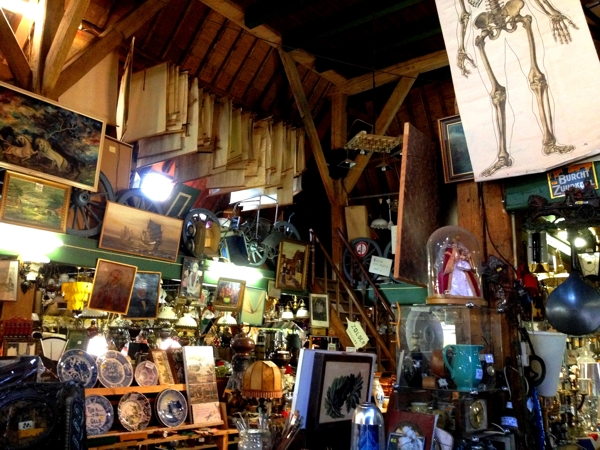
Hindeloopen may have an odd sounding name but you will not be sorry to visit this charming fishing village. Enjoy the scenery, the people, the history, and you just might get invited to have lunch with some of the local birds.


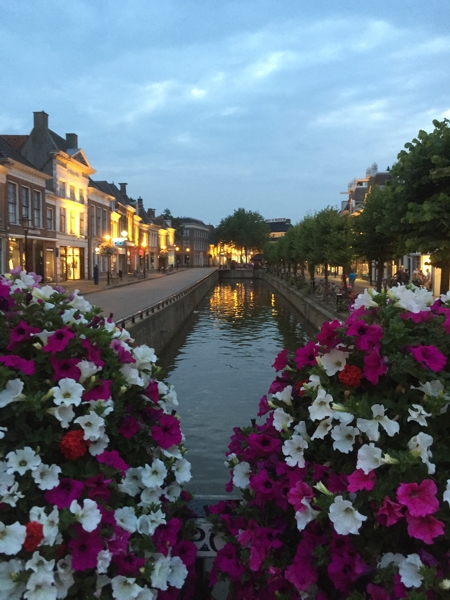
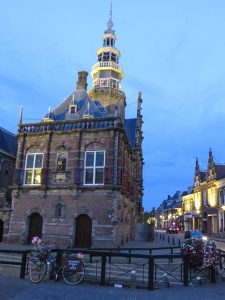
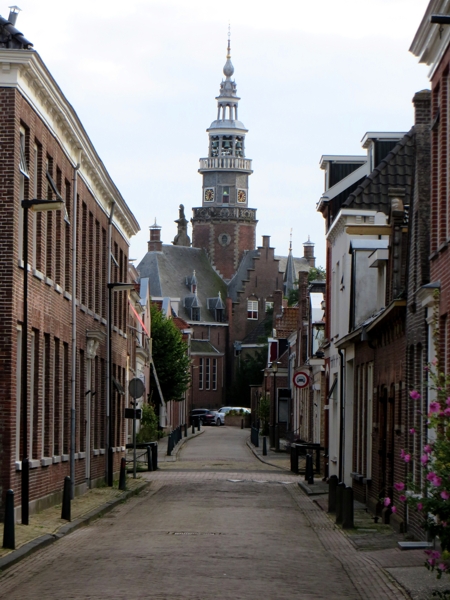
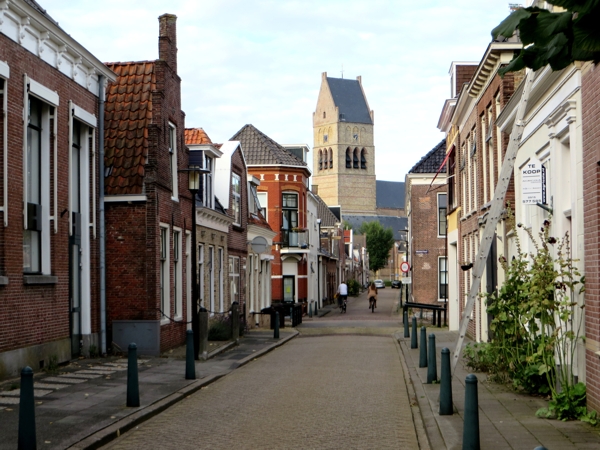
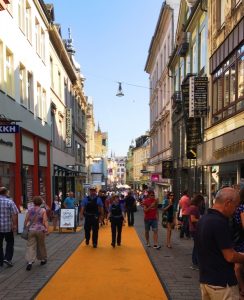
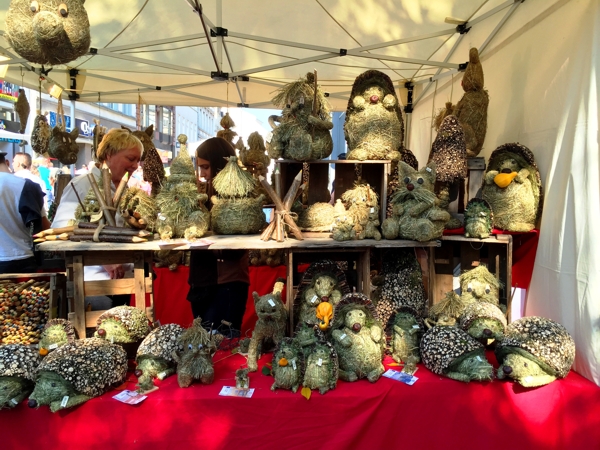
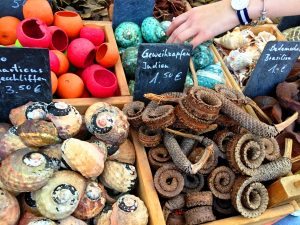
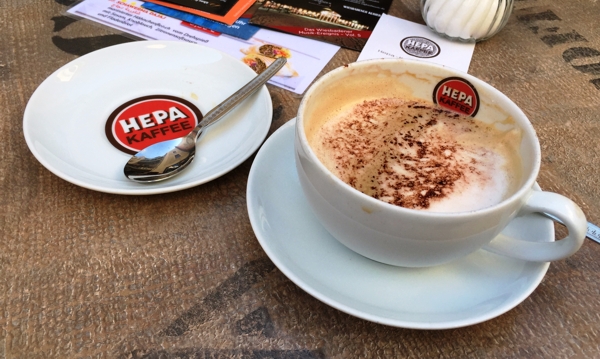
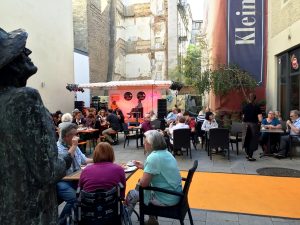
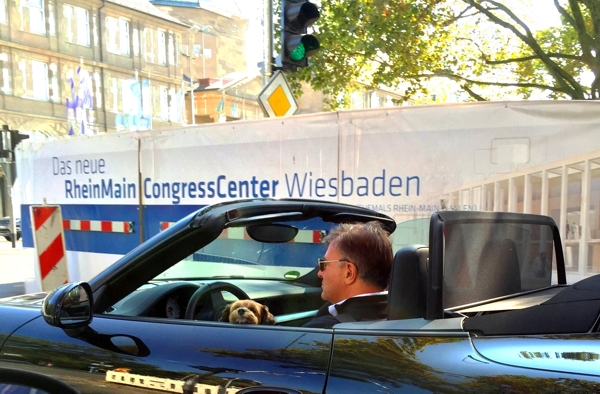
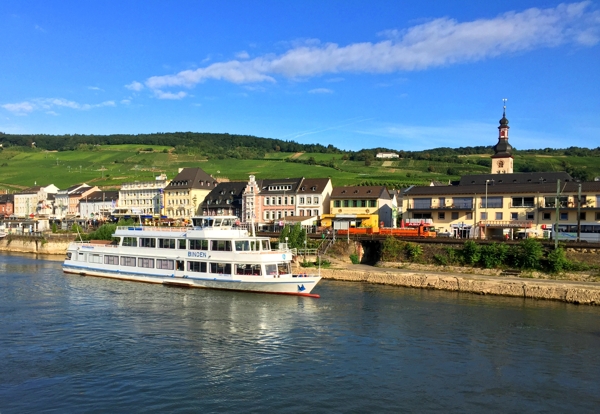
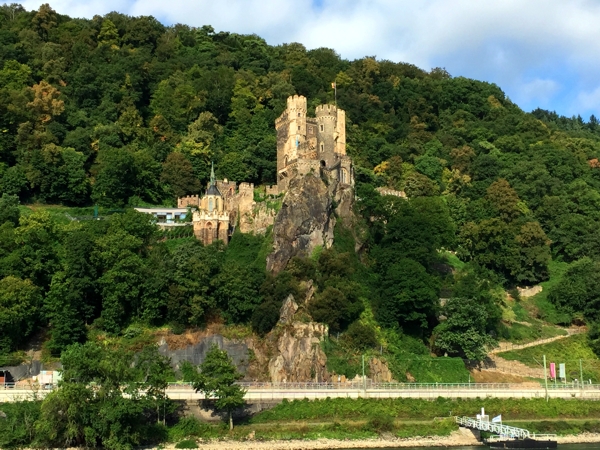
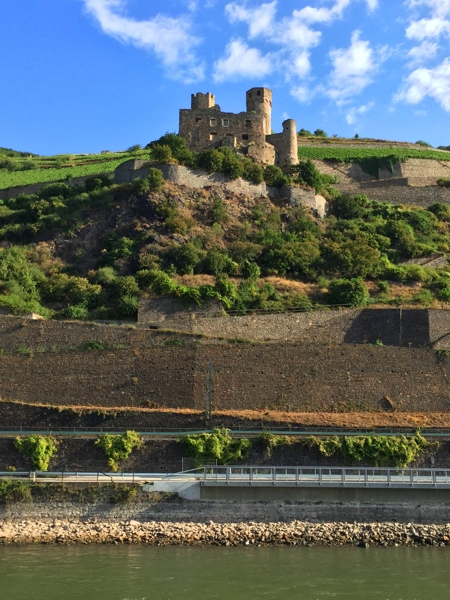
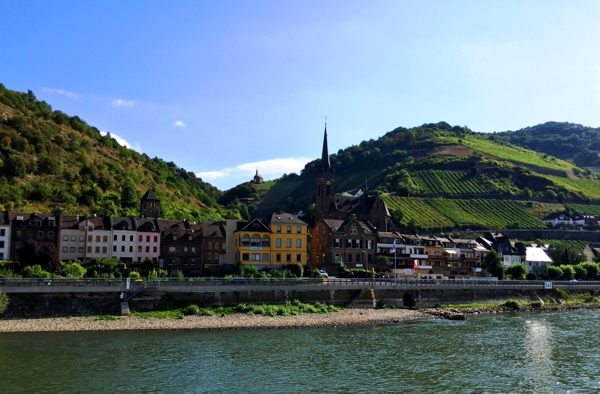
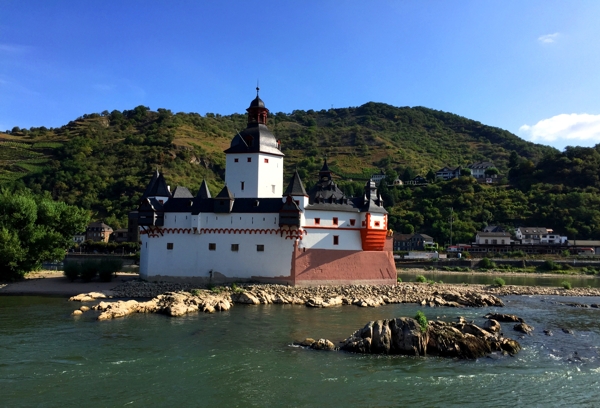
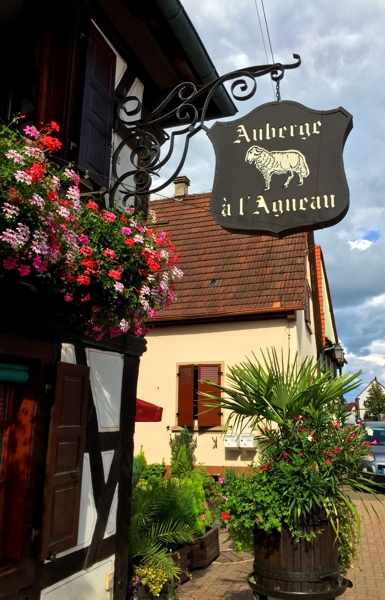
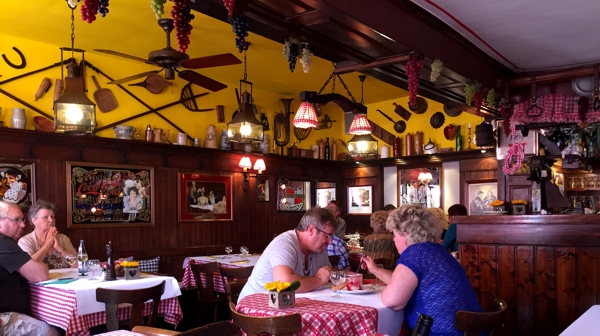
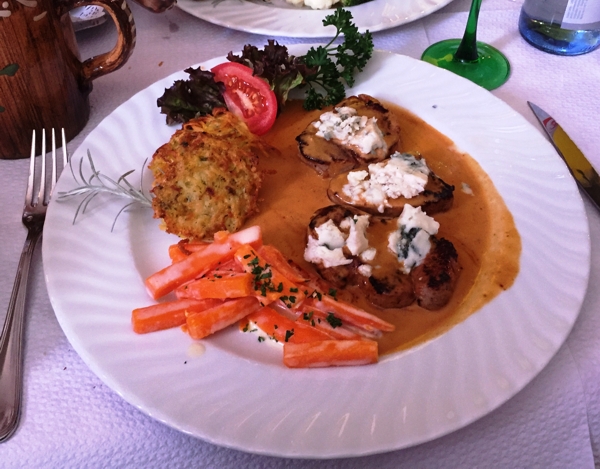
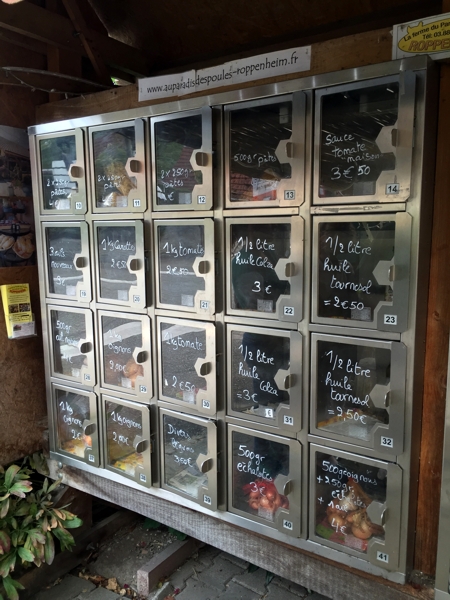 We went for a small walk through the tiny village after our feast and something caught our eye from across the street. It was a farmer’s version of an automat. It stood beneath a sort of lean-to structure and had a series of little glass doors with signs boasting that their “ATM farm products” were available 24/7! Sure enough, we saw farm fresh eggs, bunches of newly picked garlic, bags of onions, potatoes, bottles of hand pressed canola oil, and more. The prices were handwritten on each selection with a small number to identify them. Pop your coins in the slot, key in the number on the central keypad and presto! the door opens and the item is yours. But instead of the piece of pie or sandwich of yesteryear, it was fresh produce to fix dinner with.
We went for a small walk through the tiny village after our feast and something caught our eye from across the street. It was a farmer’s version of an automat. It stood beneath a sort of lean-to structure and had a series of little glass doors with signs boasting that their “ATM farm products” were available 24/7! Sure enough, we saw farm fresh eggs, bunches of newly picked garlic, bags of onions, potatoes, bottles of hand pressed canola oil, and more. The prices were handwritten on each selection with a small number to identify them. Pop your coins in the slot, key in the number on the central keypad and presto! the door opens and the item is yours. But instead of the piece of pie or sandwich of yesteryear, it was fresh produce to fix dinner with.